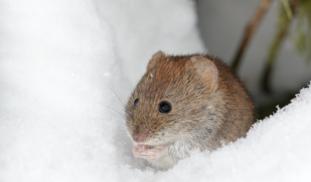152
0
2
References
- 1. Zarnke RL. 1983. Serologic survey for selected microbial pathogens in Alaskan wildlife. J. Wildl. Dis. 19:324-329
- 2. Zarnke RL. 2000. Alaska wildlife serologic survey, 1975-2000. Alaska Department of Fish and Game. Federal Aid in Wildlife Restoration. Research Final Report. Grans W-24-5 and W- 27-1 through W-27-4. Study 18.71. Juneau, Alaska. p 17.
Please wait...
About This Project
Leptospirosis is a disease that can be transmitted from animals to humans and is caused by bacteria called leptospires. Leptospires are capable of infecting most mammals, and rodents are a common reservoir. We would like to look for these bacteria in Alaskan rodents. Knowing the status of leptospirosis in Alaskan rodents will allow us to better understand the dynamics of this disease in the north, and to prepare for changes in the transmission of this disease that may occur with climate change.

Browse Other Projects on Experiment
Related Projects
Using eDNA to examine protected California species in streams at Hastings Reserve
Hastings Reserve is home to three streams that provide critical habitat for sensitive native species. Through...
City smart: Are cities making birds smarter?
One cannot go to Florida and miss the White Ibises roaming golf, park and private lawns. But how does a...
How do polar bears stay healthy on the world's worst diet?
Polar bears survive almost entirely on seal fat. Yet unlike humans who eat high-fat diets, polar bears never...



